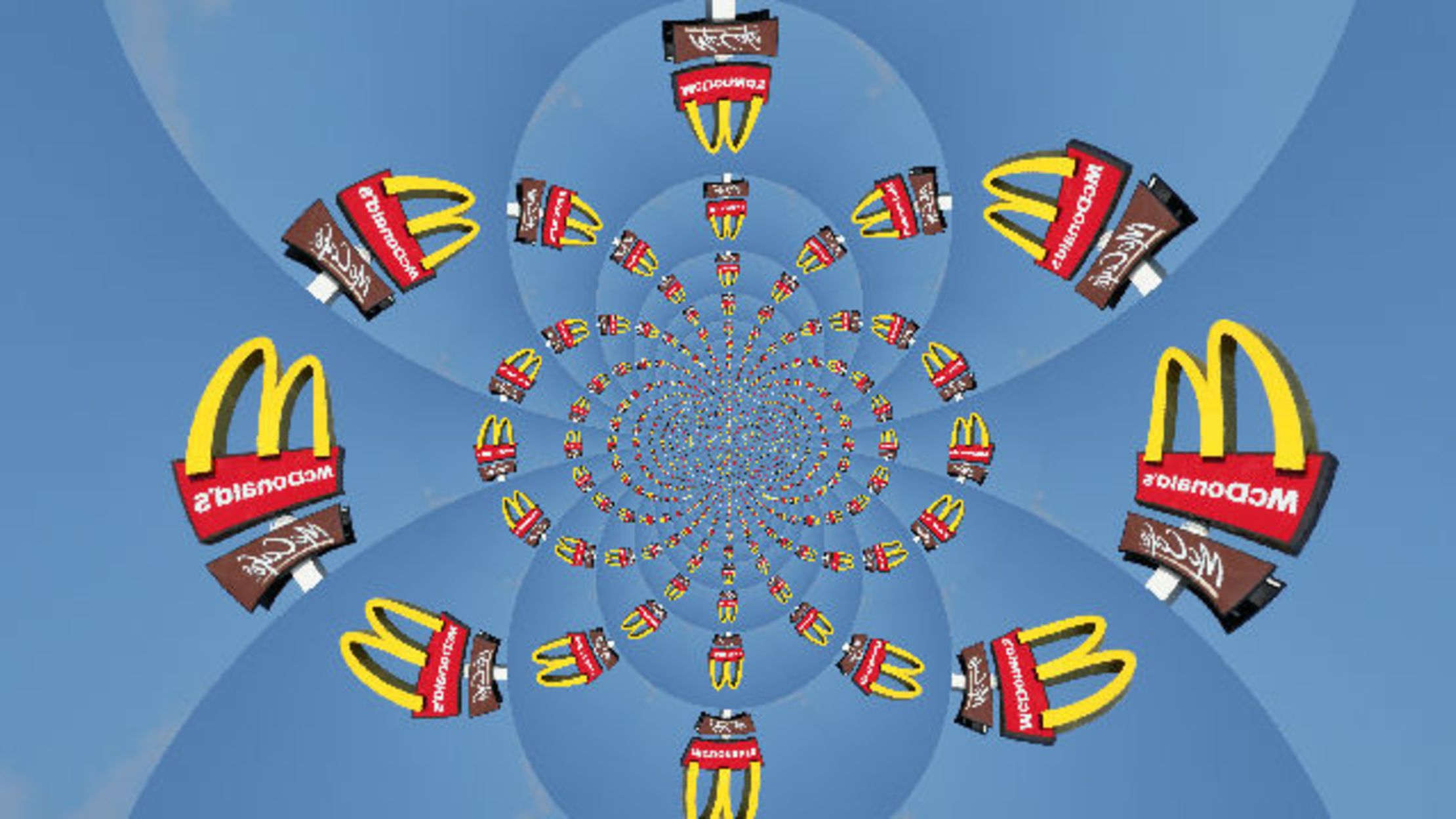

Unfortunately, Vicary didn’t keep many records of his experiment and many have called his study a gimmick. Vicary then claimed that the flashed ads, which no one consciously noticed, significantly increased product sales. Specifically, moviegoers were repeatedly shown 0.03-second ads for Coca-Cola and popcorn, like the one below:
#SUBLIMINAL MESSAGES ADS MOVIE#
This type of advertising got a lot of attention in 1957 when market researcher James Vicary did an experiment with very quickly flashing messages in a movie theater in New Jersey. This article was originally published with the title "The Fall and Rise of Subliminal Messaging" in SA Mind 26, 5, 16-17 (September 2015)ĭoi:10.Subliminal ads are ads that contain messages that, supposedly, bypass our conscious minds and enter the brain through the unconscious back door. Activity levels change in the amygdala, which processes emotions, the insula (involved in conscious awareness), the hippocampus (involved in processing memories) and the visual cortex. Those who saw the intelligence words performed better on a midterm one to four days later.Ģ010–2015: Imaging studies have shown that our brain responds to subliminal messages in measurable ways. In a 2007 study, researchers flashed students hidden words related or unrelated to intelligence, such as “talent” and “grass,” respectively, before a practice exam.

(Another provocative study showed that embedding images related to thirst in an episode of The Simpsons actually made people thirstier.)Ģ007: Subliminal messages may also enhance academic performance. This association only held up, however, if participants were already thirsty. For example, a 2006 study found that participants flashed an image of a brand-name drink, in this case Lipton Ice Tea, were more likely to choose that brand to quench their thirst. Those who saw negative messages reported thinking of the photographed person in a more damaging light.Įarly 2000s: Research continued to show that subliminal messages do influence our perceptions the effect is just subtler than we thought.Ģ006: Studies have shown subliminal messages may work in advertising after all, in certain situations. After each image, researchers quickly flashed a photograph: half the viewers saw positive, uplifting content, and half saw negative content. In one such study from 1992, participants viewed images of a person engaged in a normal daily activity.
#SUBLIMINAL MESSAGES ADS SERIES#
One study, for instance, showed that flashing the words “Hershey's Chocolate” on a series of slides during a lecture did not influence whether students purchased Hershey's products during a 10-day period.ġ990s: Although many studies continued to discredit the claim that subliminal messages carried any psychological weight, other research started to uncover subtle effects. Late 1960s–1980s: Scientific studies throughout the 1960s, 1970s and 1980s tended to discredit the claims that subliminal messages could subtly influence behavior. By that time, however, the public had grown concerned-and advertisers and government agencies intrigued-about the manipulative power of these messages. Five years later he admitted he had faked the study. Nobody knew whether these messages would influence people, but they figured it couldn't hurt to try.ġ957: James Vicary, a market researcher, claimed that by flashing the words “Eat Popcorn” and “Drink Coca-Cola” during a movie for a fraction of a second, he significantly increased the sale of these snacks. In an animated short featuring Daffy Duck in 1943, for example, the words “BUY BONDS” appear briefly on screen. In the mid-20th century the idea famously captured popular attention, but science has only recently begun to parse the actual effects of subliminal messages.ġ943: Subliminal messages were occasionally embedded in radio, film and television programs. The idea that people can be subliminally influenced is ancient-historical evidence suggests that in the fifth century B.C., Greek thinkers attempted to employ subtle yet persuasive language to sneakily influence people.


 0 kommentar(er)
0 kommentar(er)
